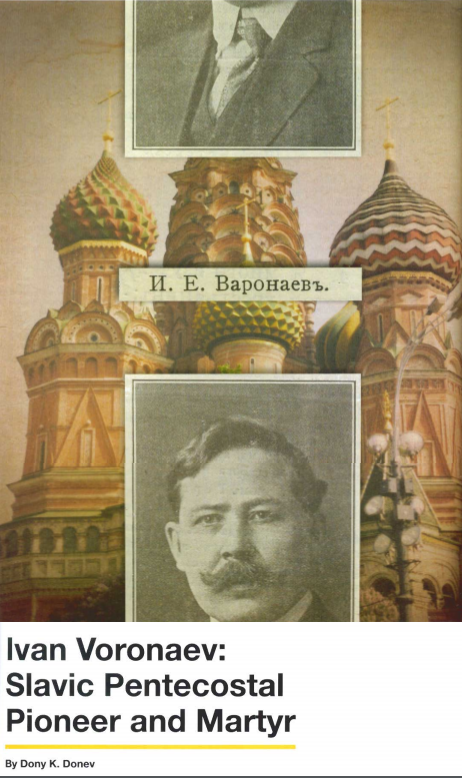13 Titles and Resources at Flower Pentecostal Heritage Center
April 30, 2023 by Cup&Cross
Filed under Featured, News, Publication, Research

13 Titles and Resources at Flower Pentecostal Heritage Center
June 30, 2022 by Cup&Cross
Filed under Featured, News, Publication, Research

Heritage and Religious Identification
Fully 16% of the HARI sample answered either “none” when asked how they identify themselves or gave one of the other answers classified equivalently (atheist, agnostic, secular, Humanist, or Ethical Culture).
The largest number of non-identifiers (35%) were not raised in any religion as a child. Nevertheless, 62% of them had religious training or background. This compares with virtually all (97%) of respondents designating a current religion. The fact that well over half of current non-identifiers were raised in some religion indicates substantial attrition in the proclivity to claim a religious affiliation. Movement in the opposite direction — from no religion to a current identification — is less extensive (26% of those raised in no religion now identify with some religious category). This opposite-direction movement — acquiring a religious identity after having none in childhood — is not nearly large enough to off set the elimination of identity among those with a religious upbringing. Among adults alive today, our calculation produces a net loss of about 8% in the number having a religious identity relative to when they were young.
The fact that well over half of current non-identifiers were raised in some religion indicates substantial attrition in the proclivity to claim a religious affiliation. Movement in the opposite direction — from no religion to a current identification — is less extensive (26% of those raised in no religion now identify with some religious category). This opposite-direction movement — acquiring a religious identity after having none in childhood — is not nearly large enough to off set the elimination of identity among those with a religious upbringing. Among adults alive today, our calculation produces a net loss of about 8% in the number having a religious identity relative to when they were young.
This study is an excerpt from the larger report on The Decline of Religious Identity in the United States by Sid Groeneman & Gary Tobin published in 2004 via the Institute for Jewish & Community Research (http://jewishresearch.or)









